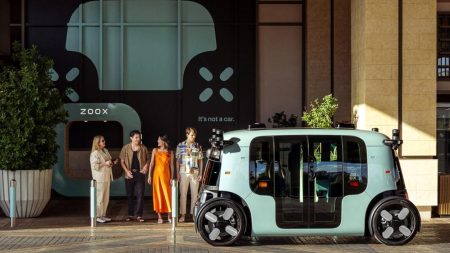As generative AI solutions continue to dominate major industries, concerns are growing about the potential threats posed by these advancements. US intelligence officials have warned that the rapid progress in AI could outstrip government regulation, while studies show that 87% of UK organizations are vulnerable to AI-powered cyber-attacks. The ability of malicious actors to use generative AI to infiltrate systems and exploit vulnerabilities is a major concern for experts.
Specific threats posed by generative AI include social engineering tactics, physical attacks on industrial systems controlled by the Internet of Things, data breaches facilitated by AI tools, and the theft of technology by compromising AI models. These threats highlight the need for organizations to be vigilant and take proactive steps to defend against potential attacks that could compromise their systems and data.
Defending against generative AI threats requires organizations to adopt intelligent defensive installations and strategies. With cyber-physical attacks becoming increasingly common, stakeholders must ensure that their cybersecurity measures are updated to protect against sophisticated threats. By leveraging gen AI defensively, organizations can detect and respond to threats, generate vulnerability patches, and enhance credential security to mitigate potential risks.
As threats from generative AI continue to evolve, organizations must acknowledge the need to utilize AI technology to their advantage in protecting their systems. By actively mitigating gen AI threats and using AI solutions for threat detection and response, vulnerability patch generation, and enhanced credential security, organizations can better defend against cyber-physical attacks. It is crucial for leaders and security teams to stay ahead of emerging threats and leverage the power of generative AI to safeguard their operations.













